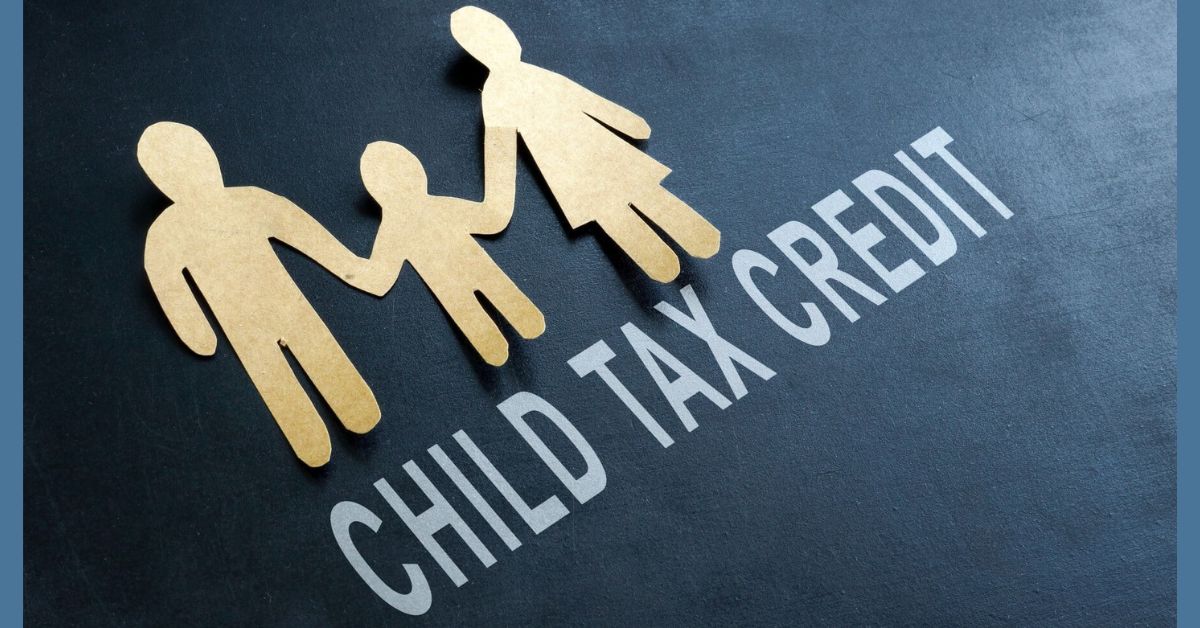Raising children is expensive, and the federal Child Tax Credit (CTC) helps families handle some of those costs. Every year, millions of parents rely on this benefit to reduce their tax bills or even receive a refund.
For 2025, the CTC has received important updates under President Trump’s “big beautiful bill,” signed into law on July 4, 2025. The changes increase the credit amount and modify who qualifies to claim it.
These updates may benefit many middle-income families but also make it harder for some households, especially those without Social Security Numbers (SSNs), to receive the credit. Here’s everything you need to know about the 2025 Child Tax Credit, how to qualify, and what to expect for your refund.
What Is the Federal Child Tax Credit?
The Child Tax Credit (CTC) is a federal benefit designed to help offset the cost of raising children. For the 2025 tax year, families can claim up to $2,200 per child under age 17.
Unlike a deduction, which reduces taxable income, a credit directly lowers the amount of tax you owe. If your CTC exceeds your tax bill, part of it may be refundable through the Additional Child Tax Credit (ACTC).
The refundable portion lets families receive up to $1,700 per child, even if they owe little or no taxes. This refund can make a big difference for low- and moderate-income families each year.
New Changes to the Child Tax Credit in 2025
The 2025 update to the Child Tax Credit increases the maximum credit from $2,000 to $2,200 per qualifying child. This amount will now be indexed to inflation, meaning it could automatically rise in future years.
However, the law also includes stricter eligibility rules. To claim the CTC, both the parent (and spouse, if filing jointly) and the child must have valid Social Security Numbers (SSNs).
This change may reduce the number of families who qualify, especially among immigrant and mixed-status households, where one or more members may not have SSNs.
Refundable Portion: The Additional Child Tax Credit (ACTC)
If your tax bill is smaller than your total CTC, you may qualify for the Additional Child Tax Credit. For 2025, families can receive up to $1,700 per child as a cash refund, even if their total tax owed is zero.
This refundable amount helps ensure lower-income families benefit from the credit. The refundable limit is also indexed to inflation, though it remains unchanged for the 2025 tax year.
To calculate your potential refund, the IRS offers an online Interactive Tax Assistant tool, which estimates your CTC and ACTC eligibility based on your income and family details.
Income Limits and Phase-Out Rules
Your Modified Adjusted Gross Income (MAGI) determines how much CTC you can claim. Once your income exceeds a certain level, the credit begins to phase out.
Income Thresholds for 2025:
- $200,000 for single filers, heads of household, or qualifying widowers
- $400,000 for married couples filing jointly
- $200,000 for married individuals filing separately
For every $1,000 of income above the limit, your credit amount is reduced by $50 until it phases out completely.
In addition, families must earn at least $2,500 annually to begin qualifying for the credit. The benefit then phases in gradually at a rate of 15% for income above that level.
Eligibility Requirements for the 2025 CTC
To claim the Child Tax Credit for the 2025 tax year, families must meet specific criteria related to age, relationship, residency, and citizenship.
Here’s a quick list of the main requirements:
To Qualify for the 2025 Child Tax Credit:
- The child must be under 17 at the end of 2025.
- The child must be your son, daughter, stepchild, foster child, sibling, or a descendant (like a grandchild).
- The child must live with you for more than half the year.
- The child cannot provide more than half of their own financial support.
- The child must be claimed as a dependent on your tax return.
- Both the parent and child must have valid SSNs.
- The child must be a U.S. citizen, national, or resident alien.
The new SSN rule is one of the biggest changes in 2025, and it may prevent some households from claiming the credit even if the child has an SSN but the parent does not.
How to Claim the Child Tax Credit
Claiming the CTC is simple if you file a Form 1040 tax return. You must also complete Schedule 8812 (Credits for Qualifying Children and Other Dependents).
This schedule helps you calculate the exact credit amount and determine if you qualify for the refundable portion.
If you use tax software, the system automatically walks you through the process and fills in Schedule 8812. If you prefer a tax preparer, they’ll handle the details for you.
Make sure you have accurate SSNs and proof of residency or relationship to avoid IRS rejections or processing delays.
What About 2026? Future Adjustments Ahead
According to the IRS, the 2026 Child Tax Credit will remain $2,200 per child, with the refundable portion still capped at $1,700.
From now on, both the maximum and refundable amounts will adjust yearly based on inflation. This ensures that families maintain the same purchasing power as living costs rise.
While the amounts remain the same for 2026, the new indexing rule guarantees automatic updates in future tax years without additional legislation.
Impact on American Families
The updated 2025 Child Tax Credit is expected to continue supporting tens of millions of households, though fewer families may qualify under the new SSN rule.
For middle-income earners, the higher $2,200 credit provides a welcome tax break. However, for low-income or mixed-status families, the new restrictions could reduce eligibility and overall refund benefits.
Still, the CTC remains one of the most valuable federal tax benefits, helping millions of parents lower their taxes or boost their refunds every year.
Final Thoughts
The Child Tax Credit for 2025 brings both opportunities and challenges. Families earning under the income threshold stand to gain a larger benefit, while those affected by the SSN rule may lose access.
Understanding the new rules early will help you plan better for the 2025 tax season. Keep all income and dependent records ready, and use the IRS online tools or consult a tax professional to calculate your exact credit.
The bottom line: with the CTC now indexed to inflation, this credit will continue to evolve — and knowing the details ensures your family gets every dollar it deserves.







